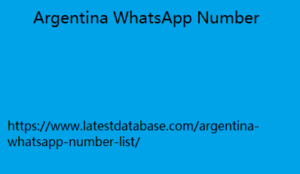|
|
Some examples include: Develop a content strategy that aligns with your business goals and target audience, ensuring consistency across all platforms. Create a content calendar to plan, schedule, and organize your content, allowing for better resource management and timely delivery. Implement a robust workflow system to streamline content creation, approval, and publishing processes. Regularly audit and update your existing content to maintain relevancy and accuracy. Foster collaboration and communication among team members involved in content management through effective tools and processes. Use analytics to track and measure the performance of your content, identifying areas for improvement and optimization.
By following these best practices, content managers can enhance the effectiveness and efficiency of their content management strategies. Content organization and categorization Content organization and categorization is a fundamental aspect of effective content Argentina WhatsApp Number management. It helps ensure that content is easily discoverable, accessible, and relevant to the intended audience. By structuring and classifying content in a logical and intuitive manner, users can quickly locate the information they need. One practical approach is creating a taxonomy, where content is grouped into categories and subcategories based on common characteristics or themes. Tagging and metadata also contribute to content organization by providing additional context and enhancing search capabilities.

Implementing a consistent and intuitive organization system ensures a seamless user experience and improves overall content management efficiency. Creating a taxonomy Creating a taxonomy in content management is important for effective organization and navigation. It involves categorizing content into hierarchies and providing meaningful labels. A well-designed taxonomy improves searchability and user experience. Start by analyzing your content and identifying common themes or topics. Then create a hierarchy that reflects the relationships between these concepts. For example, a blog might have categories like "technology," "lifestyle," and "business," with subcategories beneath each. Use descriptive labels that users can easily understand. Regularly review and update your taxonomy to ensure it remains relevant and aligned with your content strategy.
|
|